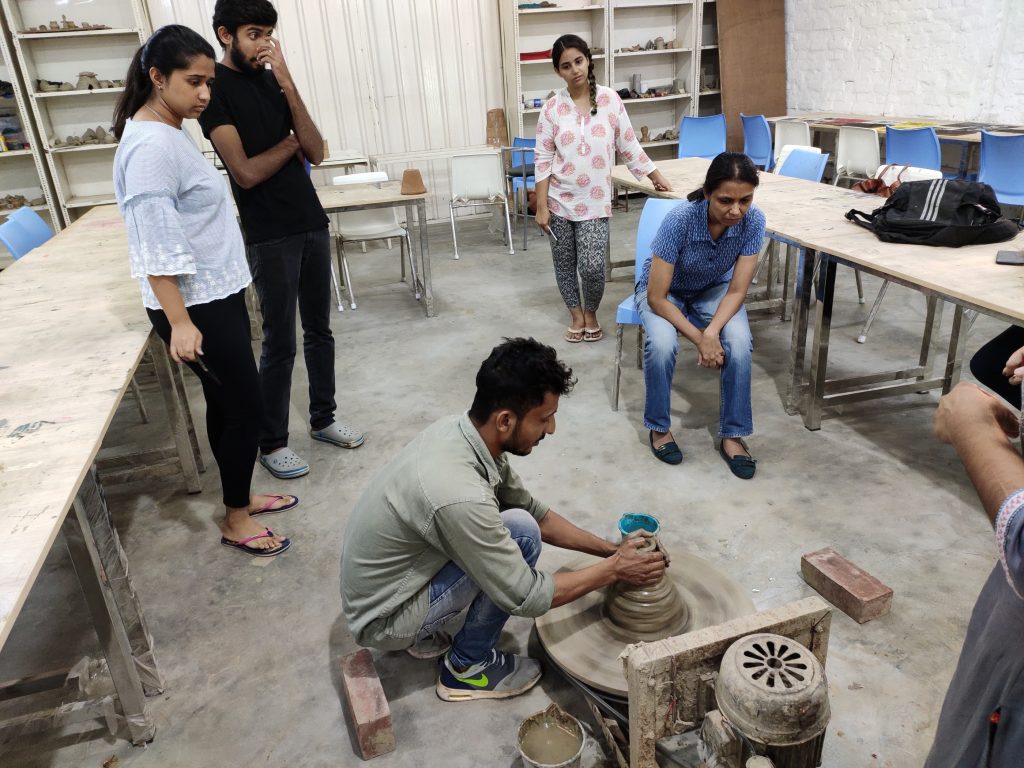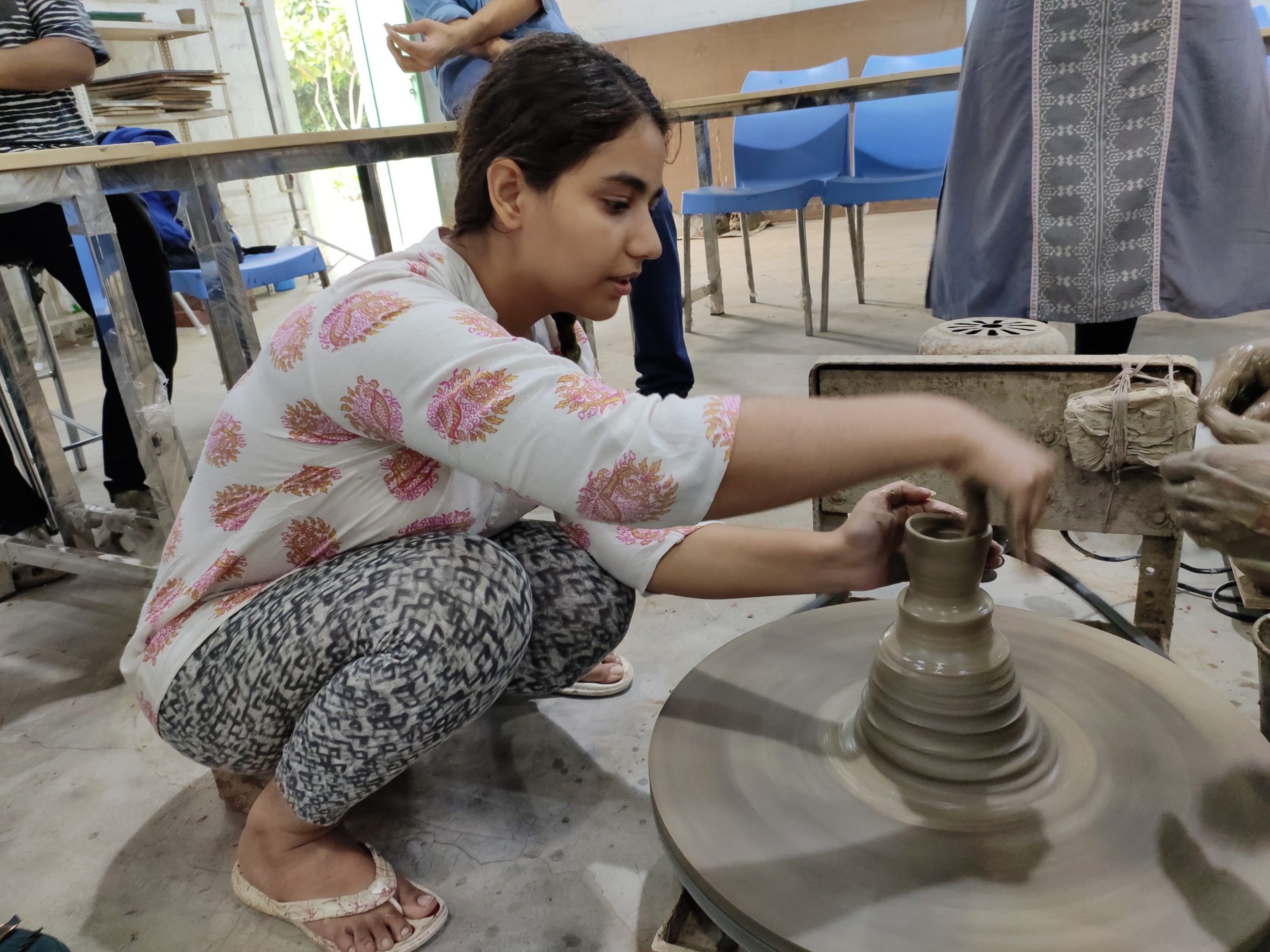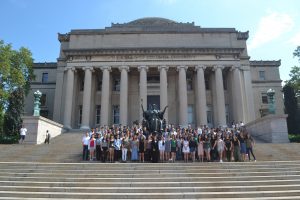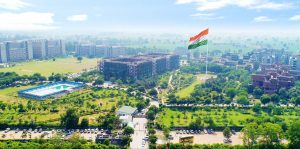“Art in its highest form is art that serves and instructs society and human development.” – Harry Belafonte
The writing was on the path that millions would follow. Giant yellow letters of the mural in Washington, DC read “Black Lives Matter”. The message was loud and clear, and soon the street would be renamed “Black Lives Matter Plaza”. Berlin Wall, once a symbol of division, is the world’s most visited open-air gallery, housing over 100 murals from artists around the globe. British street artist and political activist Banksy has become an iconic figure in the art world with his satirical images with subversive epigrams. Art in its many forms has been closely linked with society. It has always harnessed the power of resistance and movements against injustice. It has told stories that were once forgotten. Art is revolutionary.
The universal expression that people across cultures use to communicate has come of age in recent years with the influence of technology. Visual images are all around us: from signboards to memes on social media. They have immense inherent power to move people to think beyond the obvious, question dubious information being passed on to them, and act. “Art is a universal language that knows no barriers. Art is a vehicle – holistic, transformative, and authentic – that can bridge social, cultural, and class barriers,” says Professor Kathleen Modrowski, Dean, Jindal School of Liberal Arts and Humanities (JSLH). India’s first transnational humanities school has launched a four-year Bachelor of Fine Arts (Hons.) programme to train visual thinkers to critically address new imagery, landscape, and social challenges.
Why Bachelor of Fine Arts (Hons.)
Though art and artists have played crucial roles in movements in India and other parts of the world, the space has traditionally been dominated by Western Europe and North America. Art from the rest of the world has struggled to claim its place at the front and centre. It’s time the perceptions changed, and artists from around the world are empowered to stand tall on the global stage. The BFA (Hons.) programme has been launched to bridge that gap, and aspires for a pluralistic world where diverse traditions can communicate through the medium of art. As students gain mastery over the traditional skills of image-making and craftsmanship, they will also be enabled to look at art through conceptual and theoretical tools.
The DNA of the programme
In keeping with O.P. Jindal Global University’s principles of learning, the programme takes a holistic and interdisciplinary approach to art education. The BFA (Hons.) programme blends traditional skills with a modern conceptual approach to art-making. “Teaching methods of liberal education foster self-knowledge and empower the individual to deal with the complexity of our globalized world,” says Professor Modrowski. Methods like critical thinking, creative problem-solving, community engagement, and appreciation of diversity are integral to the curriculum. Students of the programme also build a foundation in sociology, literature, philosophy, and politics to understand their relevance to art.

Students learning pottery on wheel by an invited potter at Jindal School of Liberal Arts and Humanities.
Four interconnected segments run through the DNA of the BFA (Hons.) programme:
Study: The programme broadens the scope of art creation beyond sketching and clay modelling by focusing on the understanding of text, body, colour, and space.
Skill: Today’s artists need to look further than the traditional skills and bring together visuals, ideas, and art-making processes.
Concept: Besides the understanding of art history, students also learn about contemporary cultural contexts through gallery visits and interactions with artists, curators, and art dealers.
Creativity: Combining old and new media like painting, video art, sculpture, installation art, performance, and digital art, the programme equips students to build their own visual language.
Interdisciplinary electives that students can choose from include Society and Arts, Literature and Arts of the Resistance, Contemporary Cyberculture, and Design Thinking.
A programme transcending the traditional space of arts
“It’s clever, but is it Art?” This Rudyard Kipling quote has travelled through decades, and brings many to the question, “What is Art?” We have seen how performance arts, land art, and conceptual arts have gone beyond the past notions of art. Today, under the influence of digital media and technology, the art world has become more dynamic and fluid. The BFA (Hons.) programme offered by JSLH will help students become fluent with the new art landscape through emphasis on studio work. They will have the platform to work with renowned artists who are exponents of different art forms. Mentored by experienced faculty members, they will also work independently in the studio to explore various techniques and forms of expression.
Internships for future global artists and professionals
Students of the BFA (Hons.) programme will gain practical exposure in the field of visual arts. They will visit art museums, galleries, archives, fairs, and restoration centres, attend events such as biennales, and get the opportunity to work in art studios with well-known artists. JSLH’s international collaborations with institutions such as University of California, Berkeley, City University of Hong Kong, Trinity College, University of Dublin, and University of Leeds will ensure students are able to join diverse learning platforms on the global stage. A National Association of College and Employers study states that more than 70% employers offer jobs to interns. It’s only the beginning for exciting careers.[1]
Who is the programme for, and what after completing it?
If you are driven by creativity, then you can opt for the BFA (Hons.) programme. There are a variety of reasons to choose this programme. You may want to express yourself through the medium of visual arts or learn about contemporary media and cutting-edge techniques, practice art for social impact or build a network with fellow artists, curators, and collectors. The programme serves many purposes for students with unique interests. At the end of the programme, graduates can choose to become creative professionals such as gallery artists, illustrators, community artists, studio artists, and creative designers. The programme opens doors to careers as art curators, gallery assistants, historians, and art acquisition specialists. It also develops creativity for professionals in different spheres.
After all, creativity is about embracing non-linear thinking, innovation, and taking risks. The BFA (Hons.) programme hones this creative aptitude that is desirable in every career that appreciates art, in one form or another.



